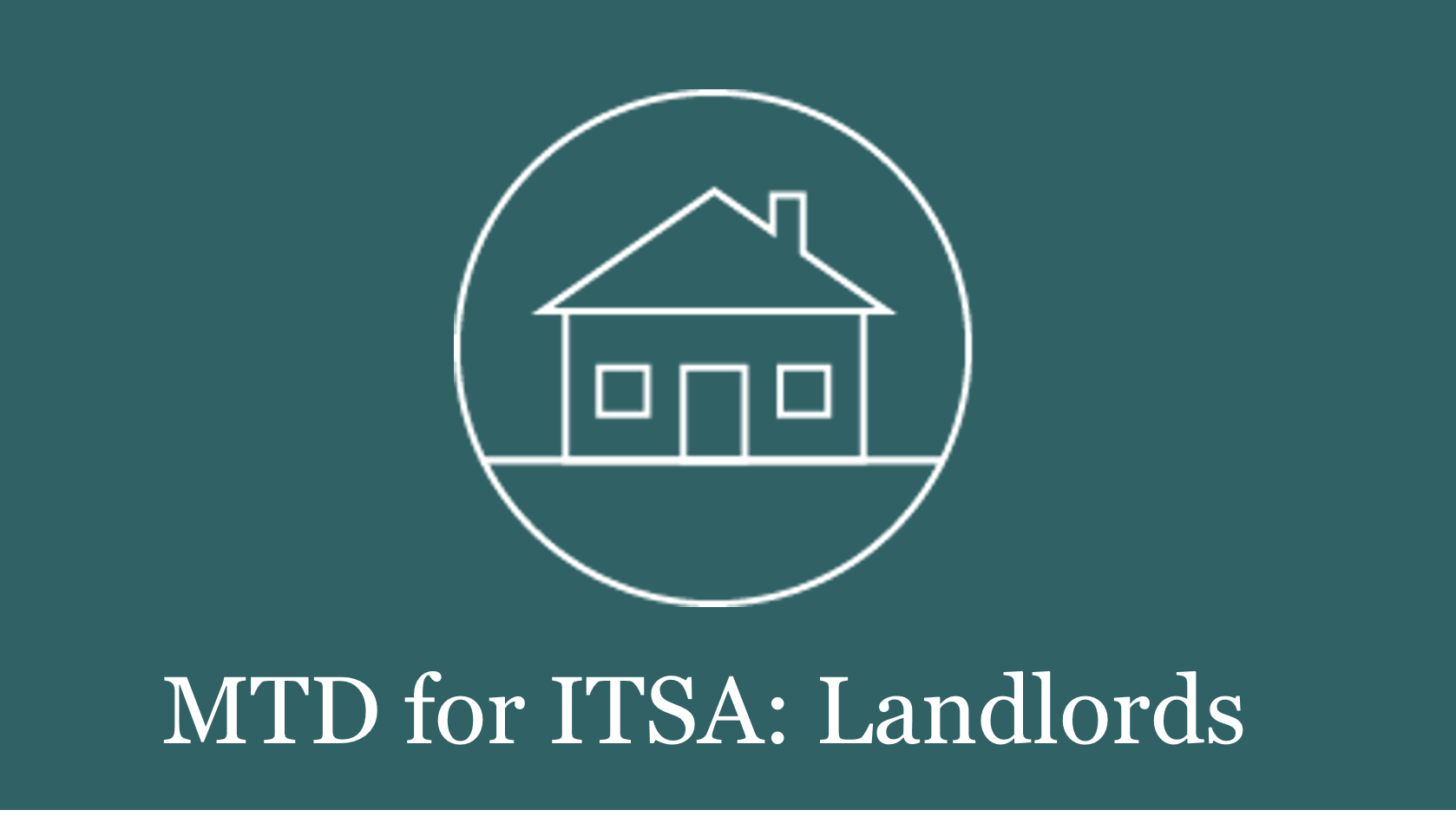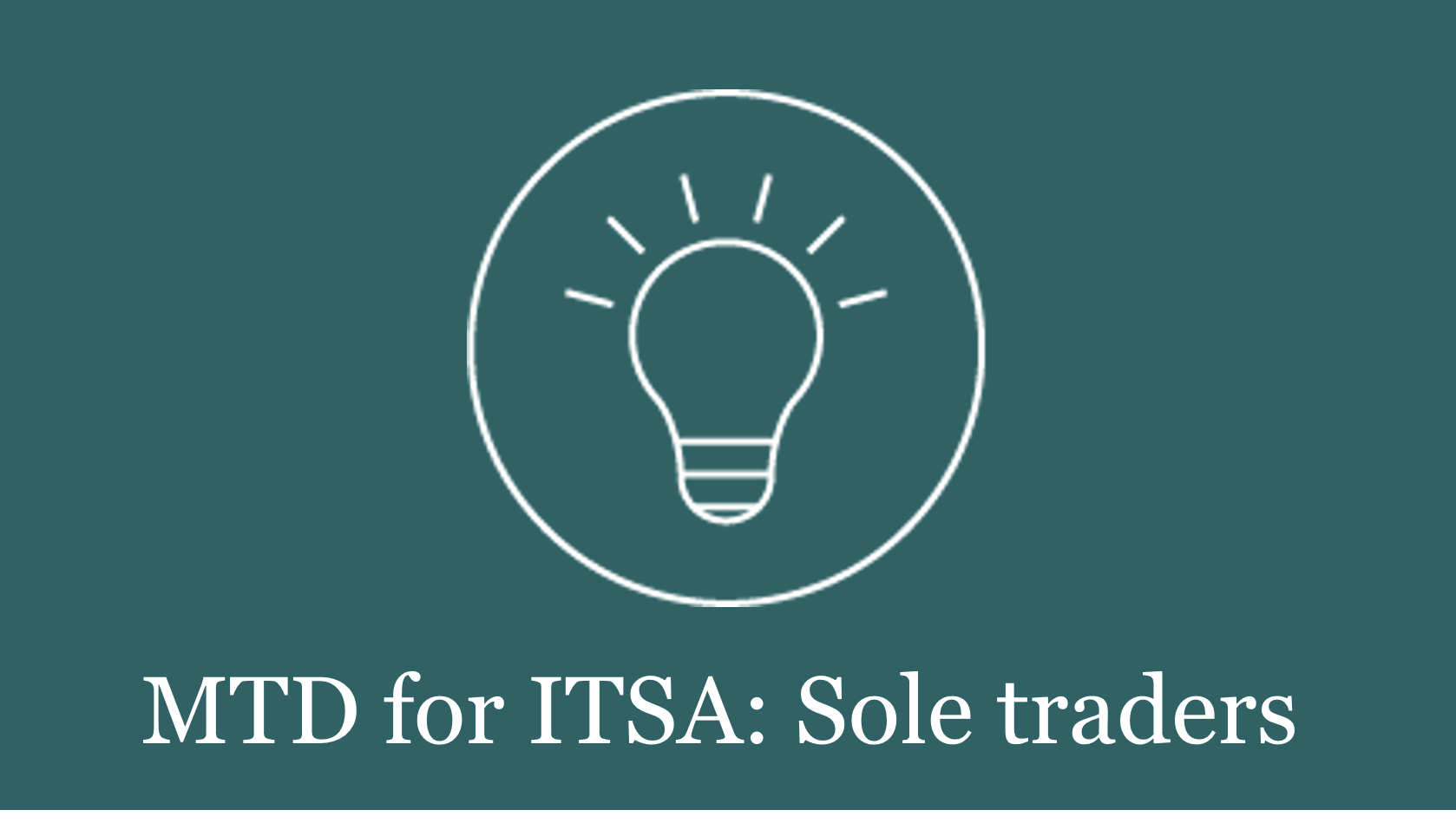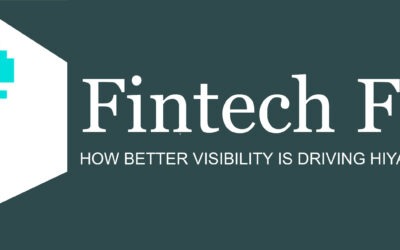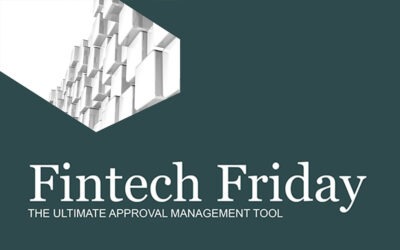What is Making Tax Digital?
The government has been talking about Making Tax Digital for many years, so why does it matter now? VAT-registered businesses above the VAT threshold are already required to be MTD compliant, and the roll-out of wider adoption is already in motion.
How does this affect you? If you are not already required to have MTD compliant records, you will be in the future. The sooner you start to create and store your tax records digitally, the easier it will be to start submitting those records to HMRC in a digital format. We have already moved many of our clients to one of our recommended MTD compliant cloud-based software packages:
Not only does this ensure that they will be compliant when the time comes, it also means that they can start reaping the benefits of real-time records and add-ons apps.
For more information on the wider benefits of cloud-based accounting, visit Harold Sharp Digital Advisory.
If you are one of the few businesses not already managing your finances in a digital format, now is the time to act.
Alternatively, we can also offer a bridging solution. This enables us to pull data from your existing software into a format that is deemed acceptable by HMRC. The VAT return is then submitted directly from the bridging software.
Questions about transitioning to Making Tax Digital
Contact our team by email or call 0161 905 1616.
Making Tax Digital for VAT
Making Tax Digital for Income Tax
April 2026
Self-employed and partnership businesses and landlords with annual business or property income above £50,000 will need to follow the rules for MTD for Income Tax from their next accounting period starting on or after 6 April 2026. Those with an income of between £30,000 and £50,000 will need to comply with MTD ITSA from April 2027.
What does this mean? When MTD for income tax becomes mandatory, affected businesses will be required to:
- maintain their accounting records digitally in a software product or spreadsheet (see above re MTD compliant software / bridging solution). Maintaining paper records will no longer meet the requirements of the tax legislation; and
- submit information quarterly to HMRC and finalise their tax position after the end of the tax year. The quarterly updates and end of year reports will need to made using a functional compatible software product that can access HMRC’s API (Application Program Interfaces) platform.
Self-employed businesses or landlords currently have the option to voluntarily opt-in to keeping digital records and submitting Income Tax updates to HMRC, instead of filing a Self-Assessment tax return, ahead of the requirement which will come into force from April 2026.
Making Tax Digital for Corporation Tax
Let’s get digital
Start your MTD ITSA journey today and start benefiting from digital record keeping.
Call us on 0161 905 1616 or request a callback by filling the form below, and one of our team will be in touch within 48 hours.
Fintech Friday blog
Hiya Tech: How better visibility is driving growth
In this month’s Fintech Friday we speak to Dean Fieldhouse and Christopher Berrisford on how their move to digital recordkeeping has supported them...
ApprovalMax: The ultimate approval management tool
Receive an invoice from a supplier… Email to one person for approval… Who emails to another person for a second approval… Who then says this is okay...
CRM – Targeting better business
Customer Relationship Management (CRM) is a business strategy that focuses on creating and maintaining relationships with customers. It involves...
Subscribe to our monthly Fintech Friday
“They were, and continue to be, lightyears ahead of our previous accountants and the team have extensive knowledge in all MTD (Making Tax Digital) requirements.”
Pete Wright,
Director, Yachew





